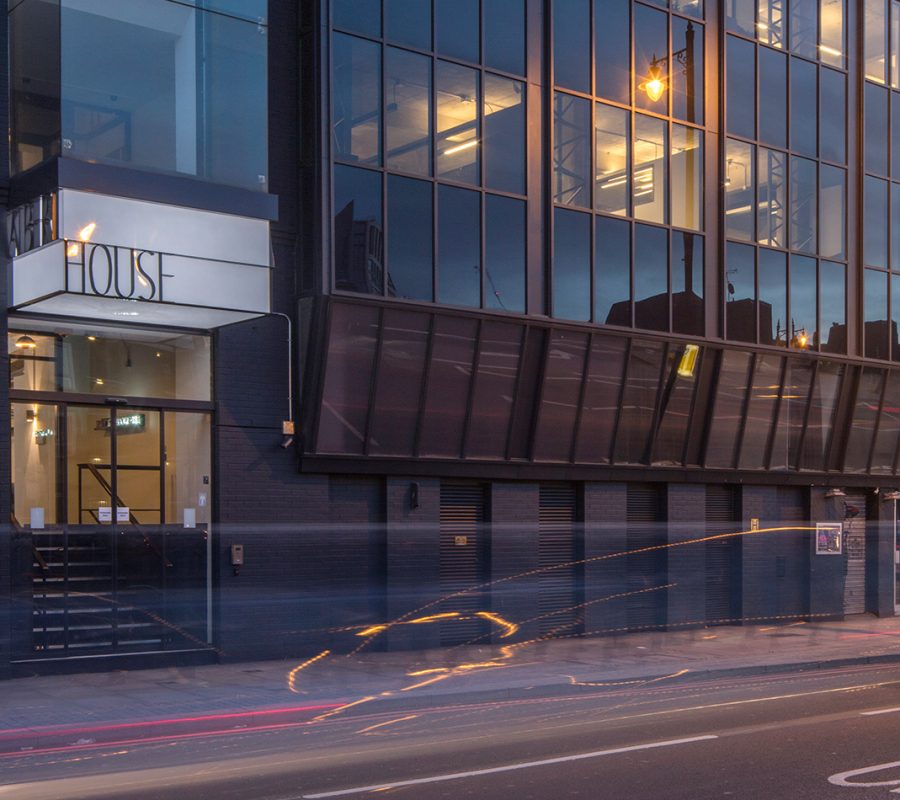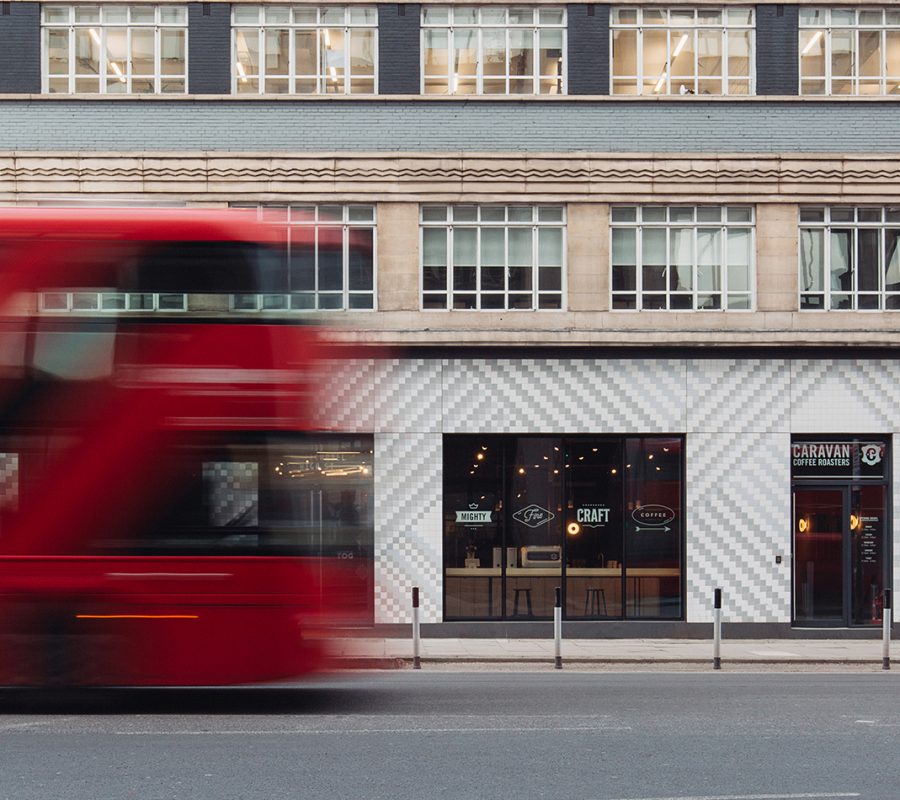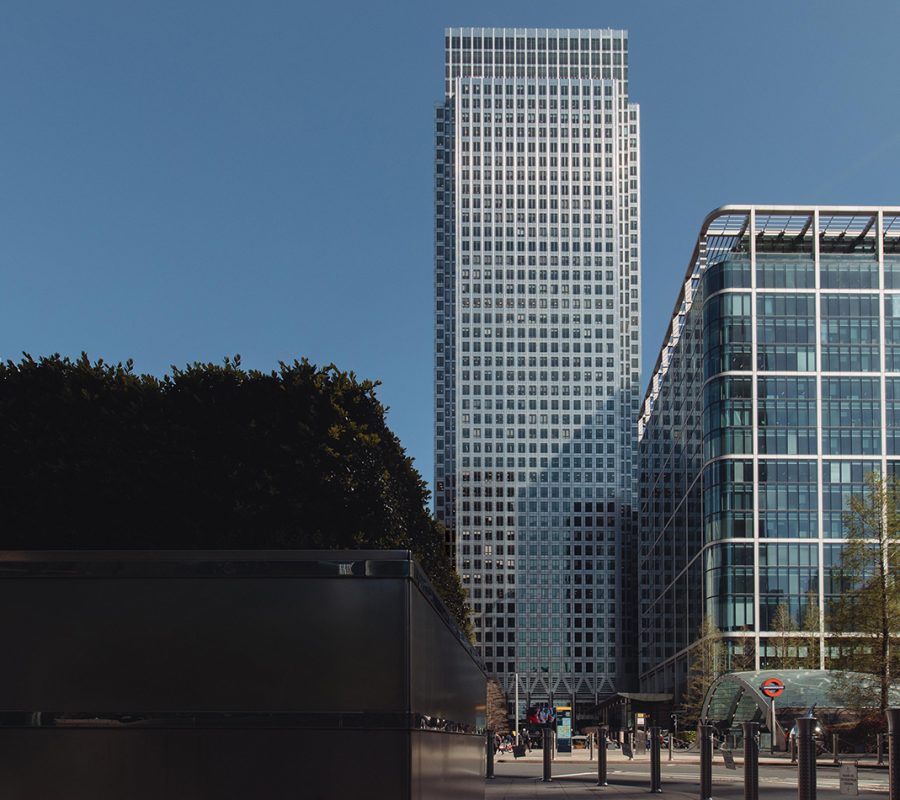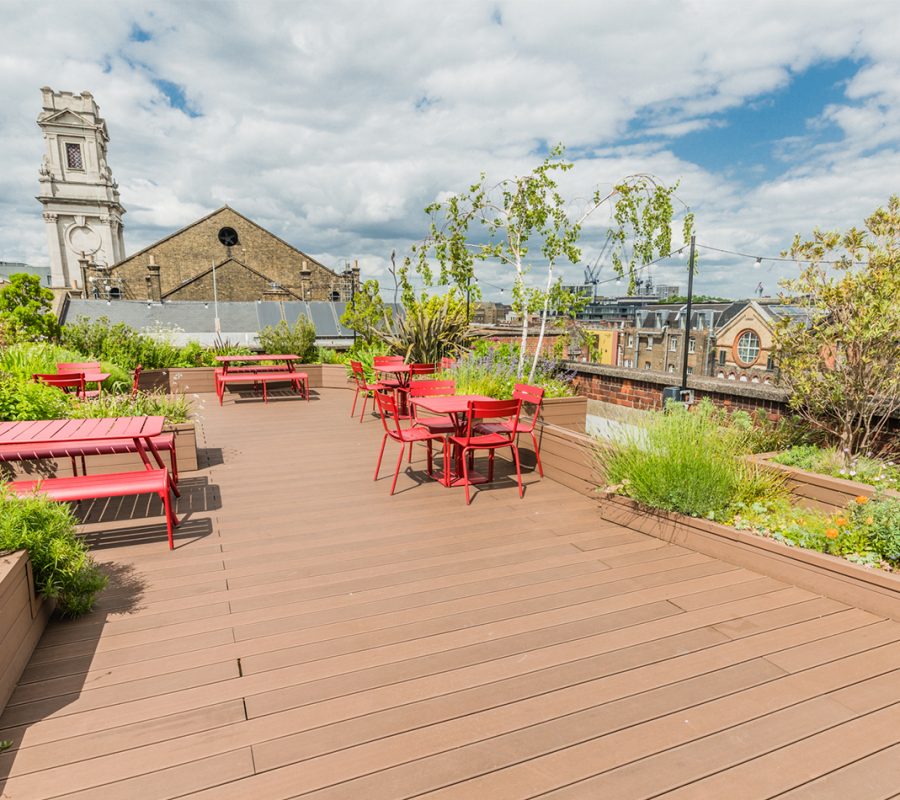Location:East London
Office Space in East London
East London was once countryside stretching out to Essex beyond the ancient walls of the UK’s capital city. Today, it is described as a corner of London where old and new collide and coexist harmoniously.
The definition of East London is relatively recent — John Strype’s 1720 map of London describes the area as ‘That Part Beyond the Tower’, and in 1889, Charles Booth defined it as the County of London between the City of London and the River Lea.
The East End of London also took some time to define, and in 1857, Charles Dickens termed it ‘London-over-the-Border.’
It is now agreed that the East End was the old core of modern East London. It began with the medieval growth of London beyond the city walls, along the Roman roads leading from Aldgate and Bishopsgate and along the River Thames, with its growth further accelerating during the 16th century.
Today, East London is defined as the northeastern part of London, east of the ancient City of London and north of the River Thames as it begins to widen.
It grew as the Docklands became a key industrial centre, along with the expansion of the railway network, later regenerated to include Canary Wharf.
Primarily covered by the E postcode, East London is today governed by seven London Boroughs, including Hackney and Tower Hamlets.
Covering such a broad area, East London offers a plethora of amenities ranging from art galleries and pop-up shops in Shoreditch to the Westfield shopping centre in Stratford Park to those provided at Queen Elizabeth Olympic Park.
High-end office space in East London is available in multiple locations, including Canary Wharf, Docklands, Tower Hill, and Whitechapel within Tower Hamlets, and Shoreditch within Hackney.
There is also a wide selection of premium office space options in the area forming the eastern border of the City of London and East London, which is often called the City Fringe or the Eastern Fringe.
Due to the variety of offices and locations across the area, the occupiers vary greatly, too. They can include those from banking, finance, and education in the Canary Wharf and Docklands district, those from the cultural and creative industries (CCI) in Hackney and parts of Tower Hamlets, and those from the technology industries, such as fintech, in the City Fringe district. However, the positioning of businesses from various sectors is fluid.
Businesses seeking office space in East London are offered a veritable assortment of options in various districts regarding the type of space they would like to occupy and how they would like to occupy it.
Office buildings in East London range from brand-new prime office properties offering Grade A sustainable office space to characterful period properties elegantly enhanced to offer unique modern working environments with 5-star amenities.
Those looking for environmentally friendly ESG-considered workspaces will find new and refurbished buildings that suit their requirements. Those seeking high-end facilities, enterprise-grade secure IT and telephony, and premium amenities such as concierge services and end-of-trip conveniences will also find these in new buildings and those with vintage and prestige.
Tenants will also find a range of choices for occupying space. There are many opportunities to rent office space in East London conventionally through a traditional lease and a growing number of premium, flexible office space and workspace solutions.
Also sometimes referred to as flex spaces, these agile workplace solutions include serviced private offices, managed office suites and floors, and co-working spaces.
These workspaces and offices are let through flexible licences with relatively low commitment in terms of agreement length – however, options to extend are provided.
The licences offer the option to expand into larger space within the same building and provide agility during business growth. To suit larger companies, there are many offices in East London with space for 500 and above desks.
The serviced office space options profile fully furnished suites and access to premium shared amenities, and managed workspaces offer a higher level of customisation.
Managed offices are ready-fitted private suites or floors. However, tenant-led fit-outs can include private receptions, meeting and boardrooms, and bathroom and shower facilities. Managed offices also provide bespoke service packages.
An attractor to this form of business space is the all-inclusive pricing model. The monthly rent covers overheads such as utilities, cleaning, furnishing, reception staff costs, complimentary refreshments, and others, providing excellent business and accounting efficiencies.
Also, these ready-to-go offices are plug-and-play, so minimal or no upfront capital expenditure is required relative to leased office space in East London.






